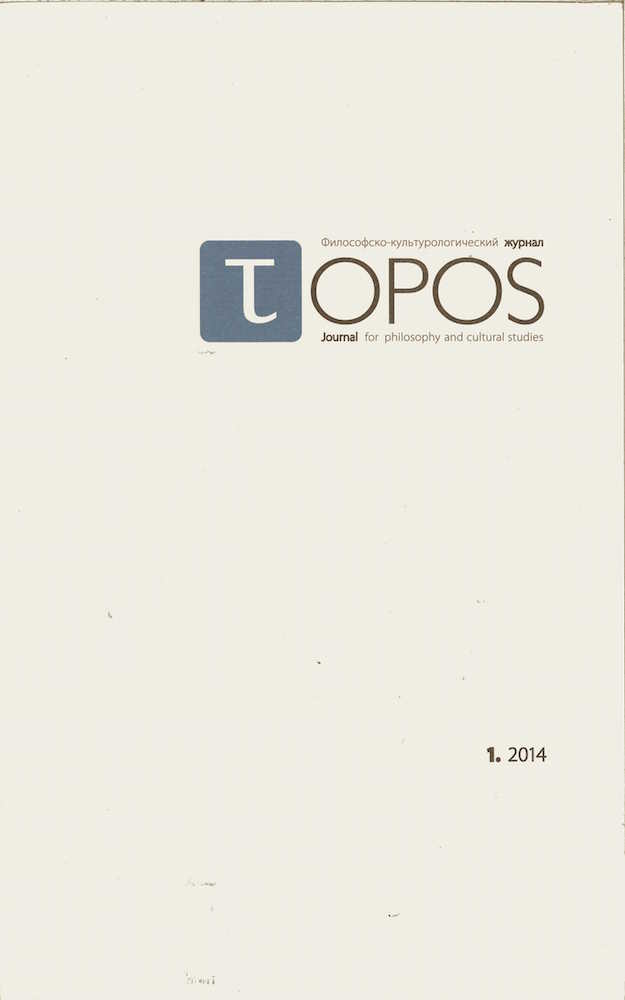Intersubjectivity or Interexistentiality? Kierkegaard’s Conception of Existential Communication
Article
Abstract
[In English]
To speak about conception of communication in Kierkegaard’s authorship seems a bit challenging task since, strictly speaking, the problem has been tackled exclusively only in his unpublished lectures on the dialectics of ethical and ethical-religious communication and in a few journal entries. Sill, in my opinion, the theme of communication runs through Kierkegaard’s works though quite often in unconventional setting; to be more precise, communication is being viewed as sharing of information where the crucial role is assigned to the process itself (communication of ability vs. communication of knowledge); at the same time „since the communication is oriented toward existence is pathos-filled in inward deepening.” Thus Kierkegaard introduces the concept of existence-communication that by no means explanatory, but rather it is paradoxical in its nature. “Christianity’s being an existence-communication that makes existing paradoxical, which
is why it remains the paradox as long as there is existing and only eternity has the explanation.” The aim of the present paper is to disclose the specific character of Kierkegaard’s conception of communication that requires, first of all, the act of isolation, then turning towards oneself and only after that – reaching for others, thus performing the double movement of communication. The article consists of five subsequent parts: The Single One; the Other; Distance and Proximity; the Neighbor; and Double Movement of Communication.
Downloads
This journal allows the author(s) to hold the copyright without restrictions. Topos Journal uses CC BY-NC-ND 4.0 license (license URL: http://creativecommons.org/licenses/by-nc-nd/4.0).


